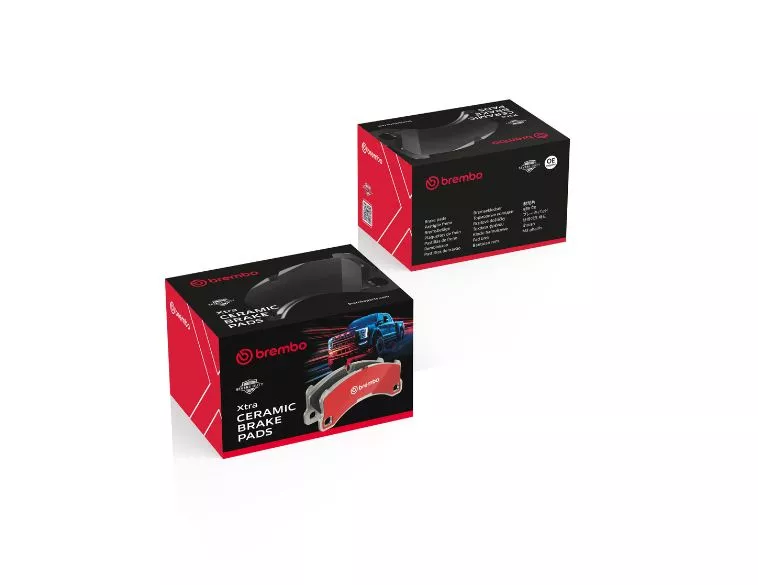Game Changing Technology

Remote diagnostics represents a huge opportunity for fleets to improve efficiency and profitability.
Data: It’s everywhere. For fleets, the ability to effectively track and harness it has never been more important, since it provides valuable insights over a wide range of parameters, including vehicle operation and optimization, maintenance, driver behaviour and more.
More efficient, more revenue
For fleets, unit optimization and maintenance are critically important, since the more efficiently vehicles can operate, and the less time they need repair or maintenance, the more they’re earning for the business. That’s why we’ve seen a proliferation in tools such as remote diagnostics that enable fleets to stay ahead of maintenance needs and ensure any downtime is minimized.
At Geotab, Emily Williams, Head of Transportation Business Development, says that when it comes to remote diagnostics, from a data and analytics perspective, it’s important to be able to collect information and transform it into actionable insights. Today, an individual vehicle can generate the equivalent of more than 1,700,000 pages of data each and every hour. And with that much information, the need to provide a platform that can empower fleet customers to leverage that data and turn into meaningful actions becomes hugely important.
Predictive reports
Williams says that for remote diagnostics, Geotab’s GO vehicle tracking device (which essentially operates as a vehicle’s central nervous system), is able to capture data from a granular level, which is then processed and analyzed through Geotab’s proprietary platform. From that, she says, real-time alerts and predictive maintenance recommendations can be generated—providing Geotab’s fleet customers with valuable insights, so they can see what happened in the past and plan accordingly for the future as it relates to vehicle maintenance.
At Fleetio, Product Marketing Manager Stefano Daneri, notes that because fleets are essentially mobile, effective remote diagnostics tools that can directly access vehicle data, combined with fleet optimization platforms, telematics and even fuel cards can provide them a holistic overview of vehicle operation and make decisions based on that information.
Incredible resource
Fleetio uses a combination of mobile driver inspections and telematics integration to generate vehicle diagnostic data. “Drivers are an incredible resource to communicate vehicle issues from the road,” says Daneri, “since they know their vehicles best, and we provide an inspection tool that automatically creates and assigns an issue for that vehicle upon submission.”
Additionally, by working with leading telematics providers to integrate aspects such as engine and diagnostic fault codes, fuel card alerts, and sensor data like Diesel Exhaust Fluid (DEF) levels, plus others such as battery voltage, and tire pressure readings for each vehicle, fleet operators can more easily organize all of their data, both real-time and historical for each asset and all in one place. The result enables faster, more concise and safer decision making when it comes to fleet vehicle operation and maintenance.
Furthermore, if a maintenance or service issue arises, remote diagnostics can immediately trigger an alert to the operations team that can either deal with the issue then and there, or if required, a technician can quickly be despatched to the vehicle’s location, armed with the right tools to fix the problem.
Major reductions
Emily Williams says that at Geotab, research has shown that by leveraging the remote diagnostics platform, fleets have seen a 30% reduction in downtime and an 80% decreased in towing costs.
She says that one area where remote diagnostics can make a big difference is battery condition and voltage, since battery failures can be a common occurrence, particularly in places like Canada where vehicles and drivers have to contend with extreme weather conditions that often tax electrical systems. “Our Electrical System Rating or ESR monitors aspects such as battery voltage and current temperature,” says Williams. Based on that information, ESR can predict when a battery is likely to fail, helping ensure that it’s replaced before it fails, preventing unnecessary problems such as having a truck with a load of perishable goods break down on the side of the road, enroute to its delivery destination.
Helping Drivers (and Fleets)
Today, one of the single biggest issues facing many fleets is a shortage of good drivers. According to the American Transportation Institute, an annual survey on the biggest issues impacting commercial vehicle operators has consistently revealed delays at customer facilities and driver shortages as among the most acute challenges for fleets. Emily Williams notes that remote diagnostics can play a big part in helping reduce these issues. “Fleet driving, especially long haul, is one of the hardest jobs out there. And we can help alleviate some of that stress by reducing breakdowns and making sure drivers reach their customers on time and reduce downtime for maintenance and repairs.” She notes that when drivers experience fewer disruptions, they feel the fleet they work for cares about them, meaning they’re more likely to perform better in their role and more likely to stay with the company for longer. An added benefit is greater customer satisfaction from having more reliable vehicles and more dedicated, motivated employees.
At Fleetio, Stefano Daneri also notes that besides boosting driver retention and performance, as well as customer satisfaction, remote diagnostics can also extend a vehicle’s replacement schedule. Leveraging data to ensure maintenance and service is proactively managed, means that fleets can not only predict what servicing and costs will be required, but that they can ensure their vehicles stay well-maintained and moving as much as possible, making money as well as promoting sustainability and saving the organization both time and cost when it comes to sourcing replacement vehicles.




